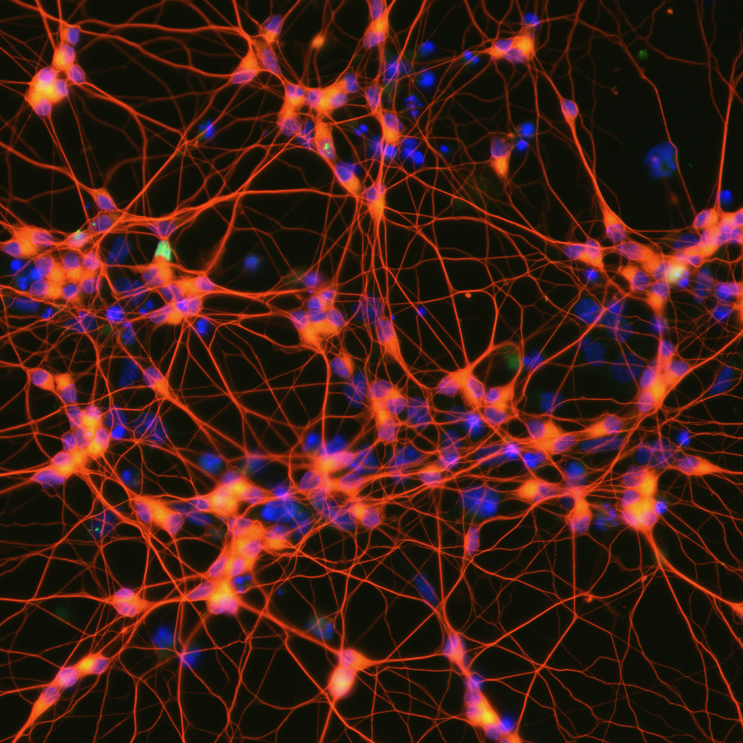Neuroscience and artificial intelligence
5 Dec 2017
Physicists and neuroscientists and discuss how artificial neural networks can shed light on the working of their biological counterparts.
Artificial neural networks were inspired by simple models of computation in the brain. Despite rapid progress in understanding them theoretically, artificial neural networks did not live up to their early promise in terms of practical results. Only recently have they begun to show potential for performing seemingly intelligent tasks. On the other hand, biological neural networks are capable of extraordinary computational feats, but how they achieve it remains a mystery. Do artificial networks really offer insight into brain function, or are they a distinct framework for computation in their own right?
In this event, Thomas Parr from University College London talks about active inference and computational neuropsychology. Grace Lindsay, also from UCL, discusses using convolutional neural networks to study biological visual attention. Alexander Mozeika from King’s College London talks about the statistical physics of feedforward Boolean networks. After the talks there is a general discussion on whether and how artificial neural networks can help us understand the workings of their biological counterparts.
Late Night at London Institute
Late Night at London Institute is a series of meetings at which junior scientists get to know each other and discuss a particular research theme in the evening. They start at 6 o’clock with drinks, followed by 15-minute talks and further drinks and discussion into the night.















